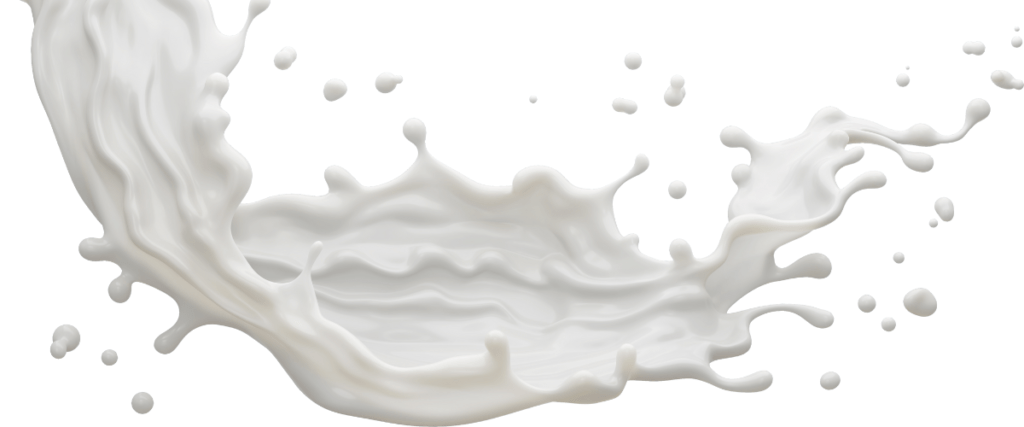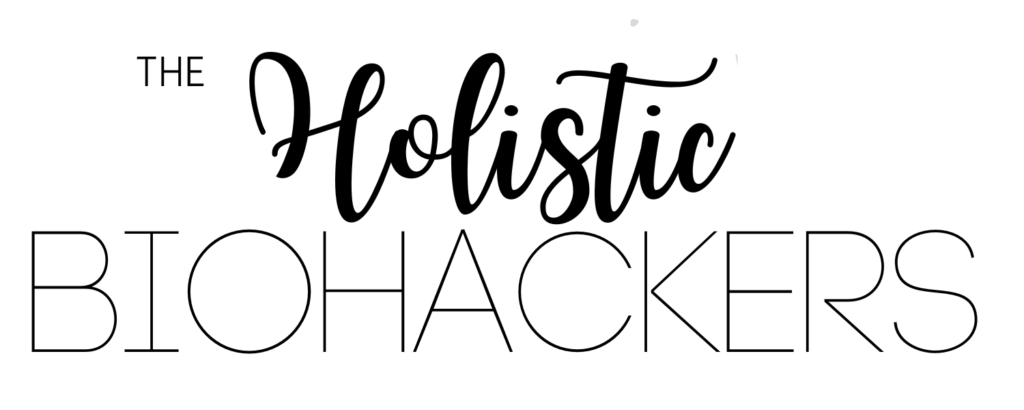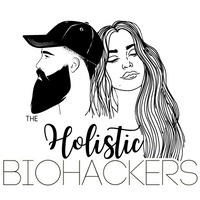
The Most Missed Reasons Why You Are Suddenly Lactose Intolerant
This post is all about the main reasons why you have become suddenly lactose intolerant and how to fix it.
Although you may have always enjoyed ice cream, milk and yogurt with no digestive issues, you may find that eating these foods now produces symptoms as if you have become suddenly lactose intolerant.
Unfortunately, it has been found that anyone can develop lactose intolerance at any time and at any age. However, more than likely, there is an underlying reason AND solution for your sudden onset of symptoms.
In this post, we will uncover the most missed reasons why you may feel that you are suddenly lactose intolerant and ways to alleviate these symptoms and ultimately heal your gut!
What is Lactose Intolerance?
Lactose intolerance is a digestive issue where you are unable to effectively process the sugar, “lactose” in dairy products. This is often a result of the decrease in the production of the enzyme, “lactase”, which breaks down the lactose.
When there isn’t enough lactase to break down the lactose, the result is fermentation of lactose in the gut.
This can cause an array of uncomfortable symptoms including:
- gas
- bloating
- abdominal pain
- nausea
- diarrhea
These symptoms will arise 30 minutes to 2 hours after consuming foods containing lactose if you are sensitive.
The Most Missed Reason for Sudden Lactose Intolerant Symptoms is…
A damaged intestinal lining
or “Leaky Gut”
Although not an official medical diagnosis, the term “leaky gut” refers to the cells of your intestinal lining becoming too spaced out where food particles and toxins are able to pass through into your blood stream.
This can be caused by an array of lifestyle choices such as:
Poor diet: low fiber, high saturated fats, highly processed foods, lack of probiotics, high sugar
Toxin exposure: NSAID’s, heavy metals, preservatives, pesticides, environmental toxins
- Chronic mental or physical stress
- Overuse of antibiotics, acid blockers, laxatives, steroids
These factors cause an immune response where not only is your body trying to fight off the “invaders” (aka food particles and toxins that have leaked through the lining), but it also gets confused about who the invaders are- sometimes mistaking them for our own healthy cells.
This can cause another array of symptoms including:
- Brain fog, difficulty concentrating, ADD or ADHD
- Indigestion, diarrhea, constipation, gas, bloating
- Mood problems such as depression and anxiety
- Chronic fatigue and/or insomnia
- Skin issues such as acne, rosacea, or eczema
- Seasonal allergies or asthma
- Food allergies or intolerances
- Weight gain
- Hormonal imbalances such as irregular periods, PMS, or PCOS
- Autoimmune diseases such as rheumatoid arthritis, Hashimoto’s, lupus, psoriasis, or celiac disease
- Dysbiosis: candida overgrowth, parasites, Small Intestinal Bacterial Overgrowth (SIBO)
How to Heal Your Gut
The 4 R’s
1.) Remove
The first step is to remove the factors that are negatively affecting your gut.
This includes:
- Treating pathogens: parasites and yeast overgrowth
- Stopping antibiotics, steroids, acid reducers
- Stopping anti-inflammatory medications: Ibuprofen, Acetaminophen, Naproxen (Read here for natural NSAID alternatives)
- Removing foods that cause intolerances, sensitivities or allergies
- Detoxing heavy metals
- Removing processed foods, high sugar, saturated fats and preservatives from diet (Read here for low glycemic index foods)
- Removing drugs and alcohol
- Reducing negativity and stress
**It is recommended to start with an elimination diet process for this step to identify foods that trigger symptoms. You can also use a stool microbiome test to get a specific personalized report.
2.) Replace
This step involves replacing specific agents for digestive support while your gut is inflamed and not digesitng foods and absorbing nutrients properly.
This includes:
- Digestive enzymes
- Bile acids
- Hydrochloric acid
This should not be a long term step- only up to 3 months in attempt to aid in the breakdown of proteins, fats and carbohydrates to prevent even more inflammation of the gut.
3.) Reinnoculate
Introducing pre and probiotics back into the diet is an essential step at keeping your microbiome healthy and balanced.
Prebiotic foods such as:
- Garlic
- Onion
- Ginger
Probiotic foods such as:
- Kefir
- Kimchi
- Saurkraut
- Kombucha
(Get our full list of the best prebiotic and probiotic foods here)
To get potent probiotic supplementation, we recommend the Garden of Life probiotic supplements.
4.) Repair
To aid in the repairing of your gut lining, ensure you are adopting healthy habits and taking in adequate amounts of essential minerals/nutrients.
These include:
- Water: Drink at least 2L of filtered water per day. Preferably with electrolytes such as sodium, magnesium and potassium.
- Exercise: Regular exercise helps with gut motility, regularity and decreases the stress- induced enzyme that weakens the GI barrier.
- Eat healthy fiber: Include soluble and insoluble fiber into your diet via fresh vegetables, psyllium husk, oatmeal or ground flax seed.
- Reduce caffeine intake
- Sleep: Getting enough quality sleep to help repair not only the gut lining, but also the gut microbiome is crucial.
- Consider supplementation: with antioxidents such as Vit C, E, A, selenium and carotenoids. Collagen, Fish Oil, L-glutamine, Polyphenols, Zinc.




